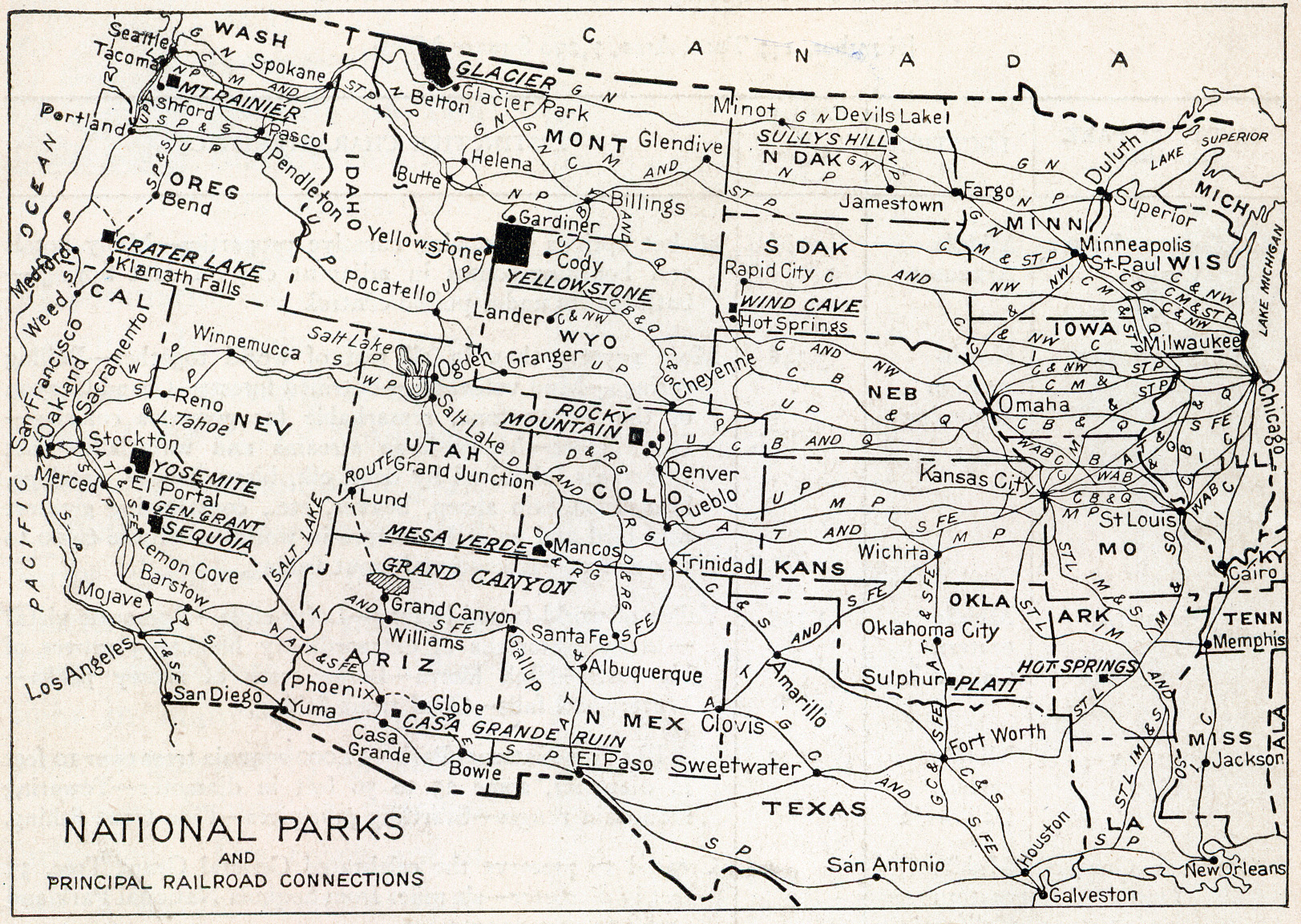|
Colored Cemetery
The Colored Cemetery on 10th Avenue in Columbus, Georgia, is a cemetery used by African-American citizens of Columbus that has burials dating back to at least the 1840s. In 1936, the name Porterdale Cemetery began to be used also. It is believed to have been included in the 1828 plan for the city by surveyor Edward Lloyd Thomas. The cemetery was listed on the National Register of Historic Places The National Register of Historic Places (NRHP) is the United States federal government's official list of districts, sites, buildings, structures and objects deemed worthy of preservation for their historical significance or "great artist ... in 1980. The name "Porterdale" for the cemetery is apparently in honor of Richard P. Porter, the cemetery's sexton from about 1878 to about 1920. See also * Old City Cemetery, cemetery of whites in Columbus, also founded in 1828 and NRHP-listed References Cemeteries on the National Register of Historic Places in Georgia (U.S. st ... [...More Info...] [...Related Items...] OR: [Wikipedia] [Google] [Baidu] |
Alabaster, Alabama
Alabaster is a city and southern suburb of Birmingham in Shelby County, Alabama, United States. At the 2020 census, the population was 33,284. Alabaster is the 16th largest city in Alabama by number of residents. Geography Alabaster is located at (33.231162, −86.823829). Alabaster mostly occupies the Cahaba and Opossum valleys, which are divided by the Pine Ridge that runs north to south. To the east and west, both valleys are flanked by parallel mountain ridges that locally run north to south, but are a part of a larger system of ridges that generally runs north-east to south-west (the tailing ends of the Appalachian foothills). The valleys are drained by small creeks (Buck Creek, Beaverdam Creek) that flow into the Cahaba River. Access to the city from major highways is found from U.S. Route 31, which runs through the city, and via I-65 exit 238. Downtown Birmingham is 23 mi (37 km) north, and Montgomery is 69 mi (111 km) south, both via US-31 or I- ... [...More Info...] [...Related Items...] OR: [Wikipedia] [Google] [Baidu] |
Columbus, Georgia
Columbus is a consolidated city-county located on the west-central border of the U.S. state of Georgia. Columbus lies on the Chattahoochee River directly across from Phenix City, Alabama. It is the county seat of Muscogee County, with which it officially merged in 1970. Columbus is the second-largest city in Georgia (after Atlanta), and fields the state's fourth-largest metropolitan area. At the 2020 census, Columbus had a population of 206,922, with 328,883 in the Columbus metropolitan area. The metro area joins the nearby Alabama cities of Auburn and Opelika to form the Columbus–Auburn–Opelika Combined Statistical Area, which had an estimated population of 486,645 in 2019. Columbus lies southwest of Atlanta. Fort Benning, the United States Army's Maneuver Center of Excellence and a major employer, is located south of the city in southern Muscogee and Chattahoochee County, Georgia, Chattahoochee counties. Columbus is home to museums and tourism sites, including the Na ... [...More Info...] [...Related Items...] OR: [Wikipedia] [Google] [Baidu] |
Edward Lloyd Thomas (surveyor)
Edward Lloyd Thomas, Sr. (1785–1852) was a Methodist preacher, a land speculator, and a surveyor (see surveying Surveying or land surveying is the technique, profession, art, and science of determining the terrestrial two-dimensional or three-dimensional positions of points and the distances and angles between them. A land surveying professional is ...) in Georgia (U.S. state), Georgia, United States. He had six brothers and a sister. Among his children was Confederate general Edward Lloyd Thomas (1825–1898). Biography Edward Lloyd Thomas was the son of Phillip Thomas, who served as a Corporal in the Revolutionary War, and was descended from the British politician Edmund Thomas (Parliamentarian), Edmund Thomas of Glamorgan.Roster of Revolutionary Soldiers in Georgia, Volume 3 by Mrs. Howard H. McCall, Ettie Tidwell McCall, page 166 and Elizabeth Covington Wailes of two prominent Maryland Families. Edward L. Thomas was a Methodist preacher (see Methodism), a planter ... [...More Info...] [...Related Items...] OR: [Wikipedia] [Google] [Baidu] |
National Park Service
The National Park Service (NPS) is an List of federal agencies in the United States, agency of the Federal government of the United States, United States federal government within the United States Department of the Interior, U.S. Department of the Interior that manages all List of areas in the United States National Park System, national parks, most National monument (United States), national monuments, and other natural, historical, and recreational properties with various title designations. The United States Congress, U.S. Congress created the agency on August 25, 1916, through the National Park Service Organic Act. It is headquartered in Washington, D.C., within the main headquarters of the Department of the Interior. The NPS employs approximately 20,000 people in 423 individual units covering over 85 million acres in List of states and territories of the United States, all 50 states, the Washington, D.C., District of Columbia, and Territories of the United States, US territ ... [...More Info...] [...Related Items...] OR: [Wikipedia] [Google] [Baidu] |
National Register Of Historic Places
The National Register of Historic Places (NRHP) is the United States federal government's official list of districts, sites, buildings, structures and objects deemed worthy of preservation for their historical significance or "great artistic value". A property listed in the National Register, or located within a National Register Historic District, may qualify for tax incentives derived from the total value of expenses incurred in preserving the property. The passage of the National Historic Preservation Act (NHPA) in 1966 established the National Register and the process for adding properties to it. Of the more than one and a half million properties on the National Register, 95,000 are listed individually. The remainder are contributing resources within historic districts. For most of its history, the National Register has been administered by the National Park Service (NPS), an agency within the U.S. Department of the Interior. Its goals are to help property owners a ... [...More Info...] [...Related Items...] OR: [Wikipedia] [Google] [Baidu] |
Sexton (office)
A sexton is an officer of a church, congregation, or synagogue charged with the maintenance of its buildings and/or the surrounding graveyard. In smaller places of worship, this office is often combined with that of verger. In larger buildings, such as cathedrals, a team of sextons may be employed. Historically in North America and the United Kingdom the "sexton" was sometimes a minor municipal official responsible for overseeing the town graveyard. In the United Kingdom the position still exists today, related to management of the community's graveyard, and the sexton is usually employed by the town/parish or community council. Origin of the name The words "sexton" and "sacristan" both derive from the Medieval Latin word ''sacristanus'' meaning "custodian of sacred objects". "Sexton" represents the popular development of the word via the Old French "Segrestein". Duties Among the traditional duties of the sexton in small parishes was the digging of graves—the gravedigge ... [...More Info...] [...Related Items...] OR: [Wikipedia] [Google] [Baidu] |
Old City Cemetery (Columbus, Georgia)
The Old City Cemetery, also known as Linwood Cemetery, is a cemetery on what is now Linwood Boulevard, in Columbus, Georgia. It dates from 1828, when the town of Columbus was founded, or before. It appears in surveyor Edward Lloyd Thomas's original plan for the city. The cemetery consists mostly of rectangular family plots bordered by iron fences or walls made of brick or granite, accessed by a main east-west corridor and perpendicular lanes. It includes both simple and elaborate tombstones, some displaying Egyptian Revival or Gothic styles. The cemetery was given the name "Linwood" in 1894 by city council resolution, probably to honor Columbus author Caroline Lee Hentz whose works include ''Ernest Linwood'', an 1856 book. It was listed on the National Register of Historic Places in 1980. According to its 1978 nomination, the majority of prominent Columbus persons are buried there. Its burials include more than 200 Confederate Army soldiers representing every state in the ... [...More Info...] [...Related Items...] OR: [Wikipedia] [Google] [Baidu] |
Cemeteries On The National Register Of Historic Places In Georgia (U
A cemetery, burial ground, gravesite or graveyard is a place where the remains of dead people are buried or otherwise interred. The word ''cemetery'' (from Greek , "sleeping place") implies that the land is specifically designated as a burial ground and originally applied to the Roman catacombs. The term ''graveyard'' is often used interchangeably with cemetery, but a graveyard primarily refers to a burial ground within a churchyard. The intact or cremated remains of people may be interred in a grave, commonly referred to as burial, or in a tomb, an "above-ground grave" (resembling a sarcophagus), a mausoleum, columbarium, niche, or other edifice. In Western cultures, funeral ceremonies are often observed in cemeteries. These ceremonies or rites of passage differ according to cultural practices and religious beliefs. Modern cemeteries often include crematoria, and some grounds previously used for both, continue as crematoria as a principal use long after the interment areas h ... [...More Info...] [...Related Items...] OR: [Wikipedia] [Google] [Baidu] |
1845 Establishments In Georgia (U
Events January–March * January 10 – Elizabeth Barrett receives a love letter from the younger poet Robert Browning; on May 20, they meet for the first time in London. She begins writing her ''Sonnets from the Portuguese''. * January 23 – The United States Congress establishes a uniform date for federal elections, which will henceforth be held on the first Tuesday after the first Monday in November. * January 29 – ''The Raven'' by Edgar Allan Poe is published for the first time, in the ''New York Evening Mirror''. * February 1 – Anson Jones, President of the Republic of Texas, signs the charter officially creating Baylor University (the oldest university in the State of Texas operating under its original name). * February 7 – In the British Museum, a drunken visitor smashes the Portland Vase, which takes months to repair. * February 28 – The United States Congress approves the annexation of Texas. * March 1 – President John Tyler signs a bill authorizing the U ... [...More Info...] [...Related Items...] OR: [Wikipedia] [Google] [Baidu] |
Protected Areas Of Muscogee County, Georgia
Protection is any measure taken to guard a thing against damage caused by outside forces. Protection can be provided to physical objects, including organisms, to systems, and to intangible things like civil and political rights. Although the mechanisms for providing protection vary widely, the basic meaning of the term remains the same. This is illustrated by an explanation found in a manual on electrical wiring: Some kind of protection is a characteristic of all life, as living things have evolved at least some protective mechanisms to counter damaging environmental phenomena, such as ultraviolet light. Biological membranes such as bark on trees and skin on animals offer protection from various threats, with skin playing a key role in protecting organisms against pathogens and excessive water loss. Additional structures like scales and hair offer further protection from the elements and from predators, with some animals having features such as spines or camouflage servin ... [...More Info...] [...Related Items...] OR: [Wikipedia] [Google] [Baidu] |


.jpg)




